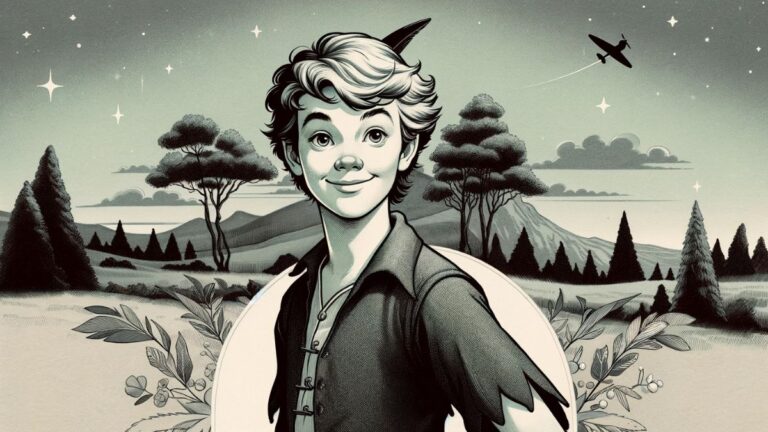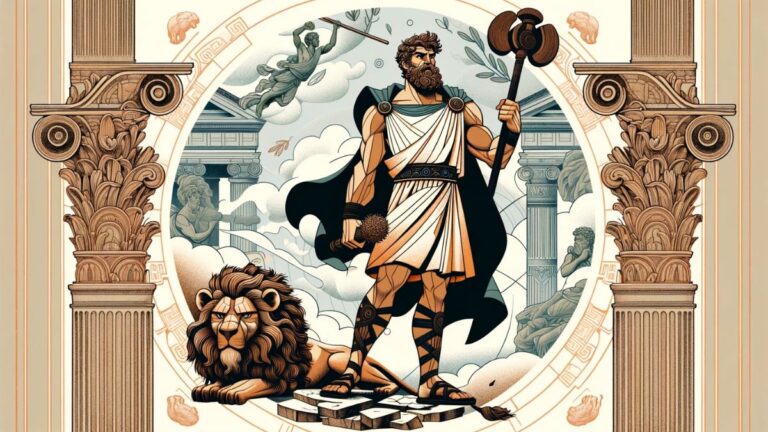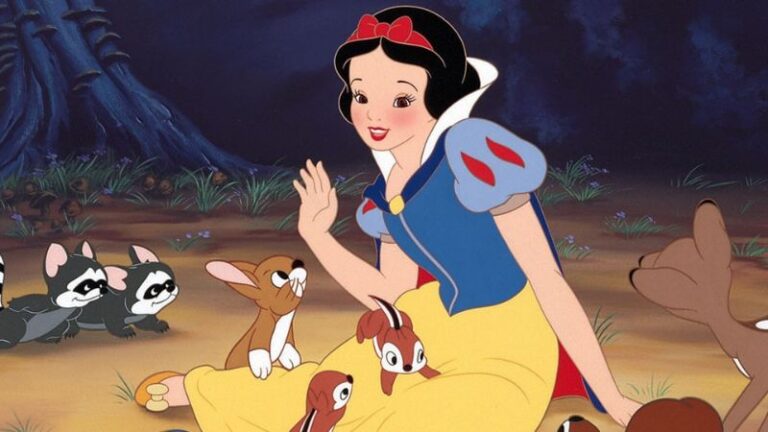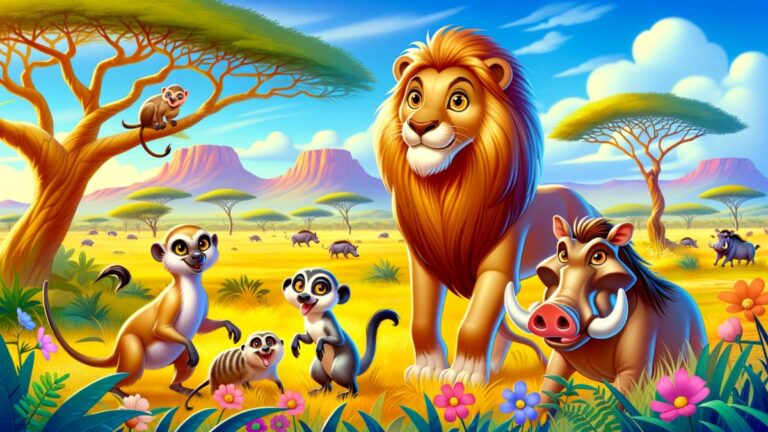The Original Aladdin: Discovering the Authentic Tales of Arabian Nights
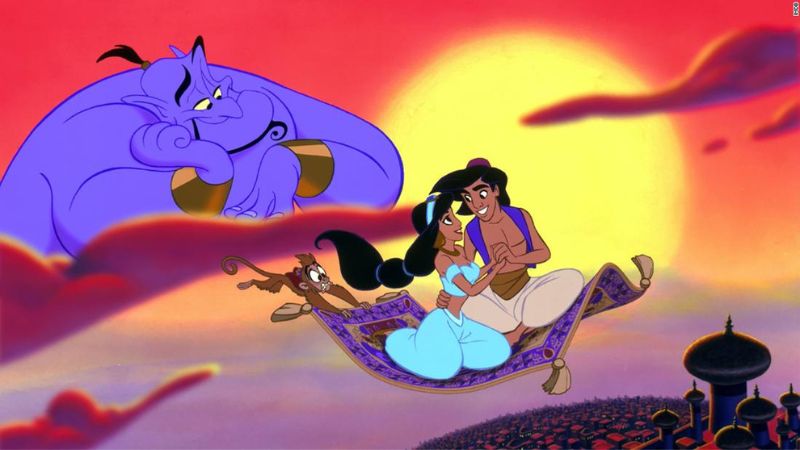
When we think of Aladdin, images of magic lamps and flying carpets often come to mind. But the original story of Aladdin, as part of the Arabian Nights, is a rich tapestry woven with cultural depth and historical significance. This article delves into the origins of the enchanting tale of Aladdin, tracing its roots and exploring how it has evolved over time. From its mysterious beginnings to its place in popular culture, join me on a journey to discover the authentic tales of Arabian Nights and the magic that has captivated audiences for centuries.
A Tale of Many Origins: Unraveling Aladdin’s Beginnings
Aladdin’s story, as we know it, is often believed to be part of the original Arabian Nights, but its origins are more complex and intriguing. The tale was actually added to the collection by French translator Antoine Galland, who heard it from a Syrian storyteller, Hanna Diyab, in the early 18th century. This addition brought a new dimension to the already diverse collection of stories in Arabian Nights, also known as One Thousand and One Nights.
The fact that Aladdin’s story was not part of the original manuscript highlights the fluid nature of folk tales and their ability to transcend cultures and borders. The tale’s setting in China, rather than the Middle East, adds another layer of intrigue, suggesting a blend of cultural influences and a world where stories travel and transform. By examining its complex origins, we gain a deeper understanding of the story’s universal appeal and its ability to adapt and thrive in various cultural contexts.
Cultural Reflections: The World of Arabian Nights
The Arabian Nights, a collection of Middle Eastern folk tales compiled during the Islamic Golden Age, is a cultural gem that reflects the values, norms, and imagination of its time. These stories, including Aladdin, are set in a world filled with magic, adventure, and moral lessons, offering a window into the societies that created them. They encompass themes of fate, justice, and the triumph of the underdog, resonating with audiences across different cultures and eras.
Aladdin’s story, with its themes of poverty, luck, and the misuse of power, mirrors the hopes and challenges of the common people in these societies. The lavish descriptions of palaces, exotic locations, and supernatural elements serve not only as entertainment but also as a reflection of the aspirations and fantasies of the people. Understanding this cultural backdrop enriches our appreciation of the tale and its enduring relevance in today’s world.
Themes and Symbolism: Decoding Aladdin’s Adventures
At its core, Aladdin’s story is rich in themes and symbols that have universal resonance. The magic lamp and genie symbolize power and the temptation that comes with it, while Aladdin’s journey from rags to riches speaks to the timeless human desire for betterment and success. The story also explores themes of love, bravery, and the importance of wit and intelligence over brute strength.
Moreover, Aladdin’s story is a tale of personal growth and redemption. It shows how, through courage and cleverness, an ordinary person can overcome extraordinary challenges. The moral lessons woven into the narrative encourage us to reflect on our own values and choices. By delving into these themes, we connect with the story on a deeper level, understanding its continued appeal and significance.
Aladdin in the Modern World: Adaptations and Influences
The tale of Aladdin has transcended its origins, becoming a global phenomenon through various adaptations in literature, theater, and film. Each adaptation brings a unique flavor to the story, making it relevant to new audiences and eras. The most famous of these is Disney’s animated film, which, while deviating from the original in many ways, helped popularize the story worldwide and introduced it to a new generation.
These modern adaptations highlight not only the story’s timeless charm but also its adaptability to different cultural contexts and artistic mediums. From stage plays to live-action films, Aladdin continues to enchant and inspire, showcasing the power of storytelling to bridge cultures and time periods. As we explore these adaptations, we witness the enduring legacy of a tale that started as part of a centuries-old collection and has since become a beloved part of global folklore.


